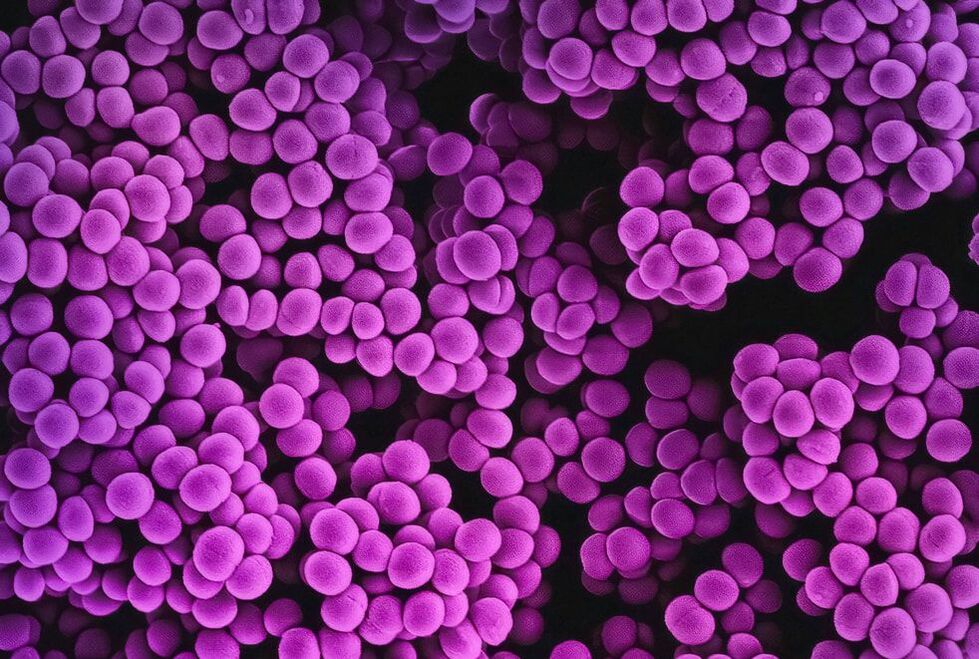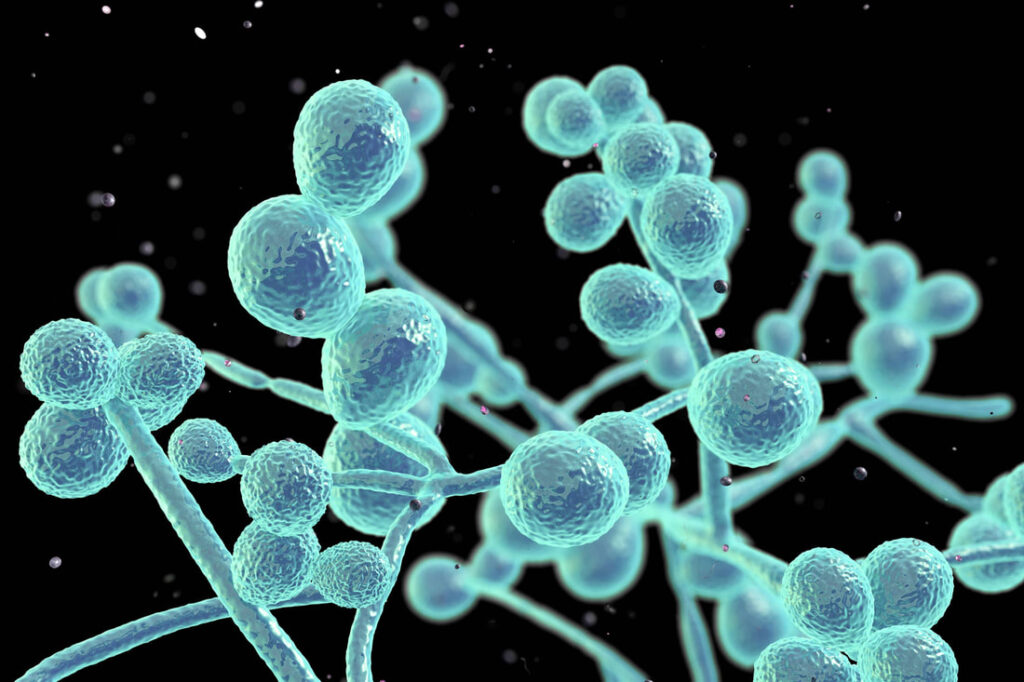Used for treatment
Chronic wounds (CWs) are characterized by chronic hypoxia, increased inflammation, and poor skin tissue rebuilding. Microbial infections are also known to exacerbate CWs. Oxygen-loaded nanobubbles (OLNBs) have been shown to be successful in delivering oxygen to hypoxic tissues because to their unique structure, which consists of oxygen-solving perfluorocarbons such as perfluoropentane in the inner core and polysaccharides such as chitosan in the outside shell. Chitosan has been widely claimed to have antimicrobial properties. In the current study, chitosan/perfluoropentane OLNBs were tested for their biocompatibility with human skin cells, capacity to promote wound healing processes, and antibacterial activities against methicillin-resistant Staphylococcus aureus (MRSA) and Candida albicans.
After cellular internalization, OLNBs were not harmful to human keratinocytes (HaCaT), but oxygen-free NBs (OFNBs) had a minor impact on their survival. OLNBs completely corrected hypoxia-dependent reduction of keratinocyte migration following scratch, while OFNBs did not. Both OLNBs and OFNBs showed chitosan-induced short-term bacteriostatic action against MRSA (up to 6 hours) and long-term fungistatic activity against C. albicans (up to 24 hours). Short-term antibacterial action was connected with NB’s extended adherence to MRSA cell wall (up to 24 h), while long-term antifungal activity followed NB’s early internalization by C. albicans (already after 3 hours of incubation). These studies suggest that chitosan-shelled and perfluoropentane-cored OLNB can be efficient antimicrobial devices for treating MRSA- and C. albicans-infected CWs. They are also non-toxic and cost-effective.
Reference:
Antimicrobial oxygen-loaded nanobubbles as promising tools to promote wound healing in hypoxic human keratinocytes
Toxicology Reports Volume 9, Pages 154-162 (2022)
https://www.sciencedirect.com/science/article/pii/S2214750022000051



